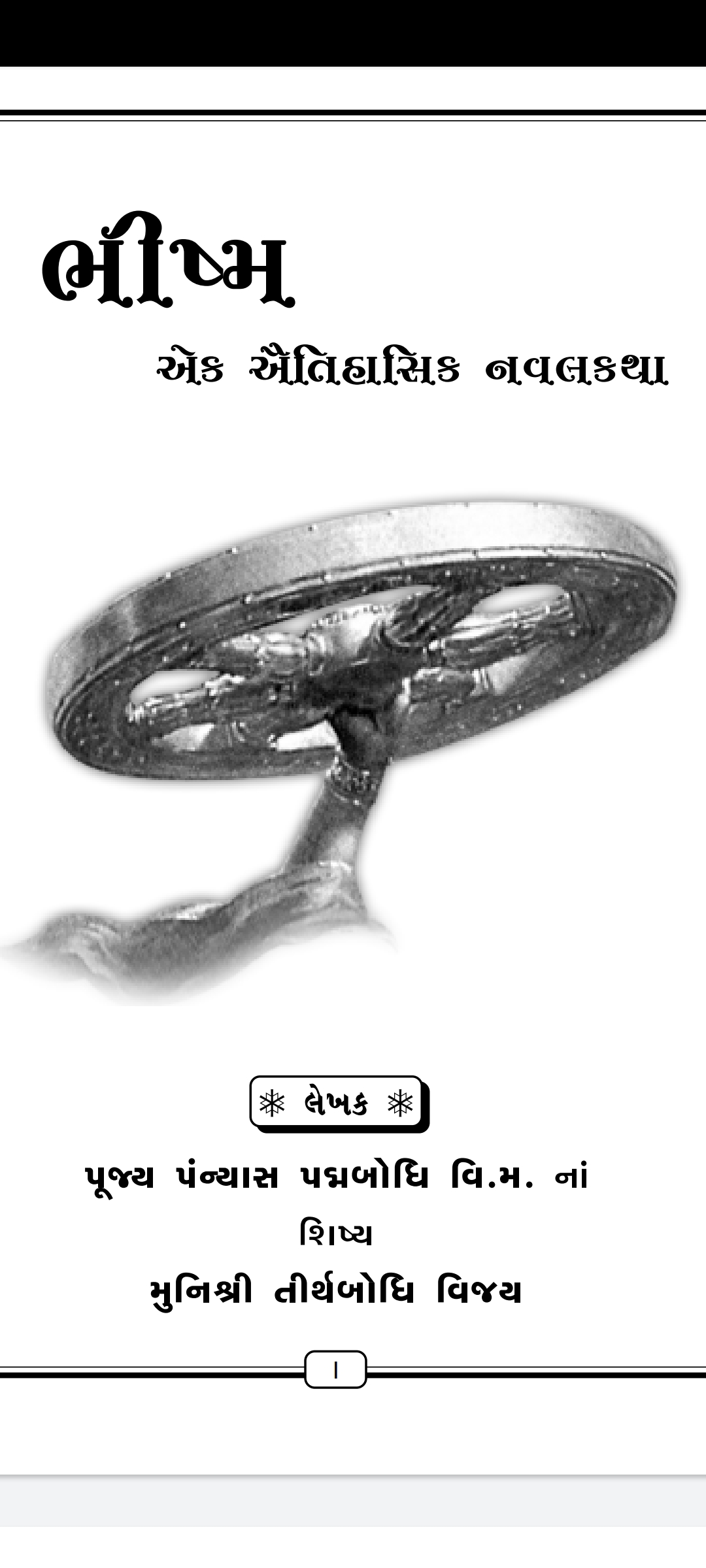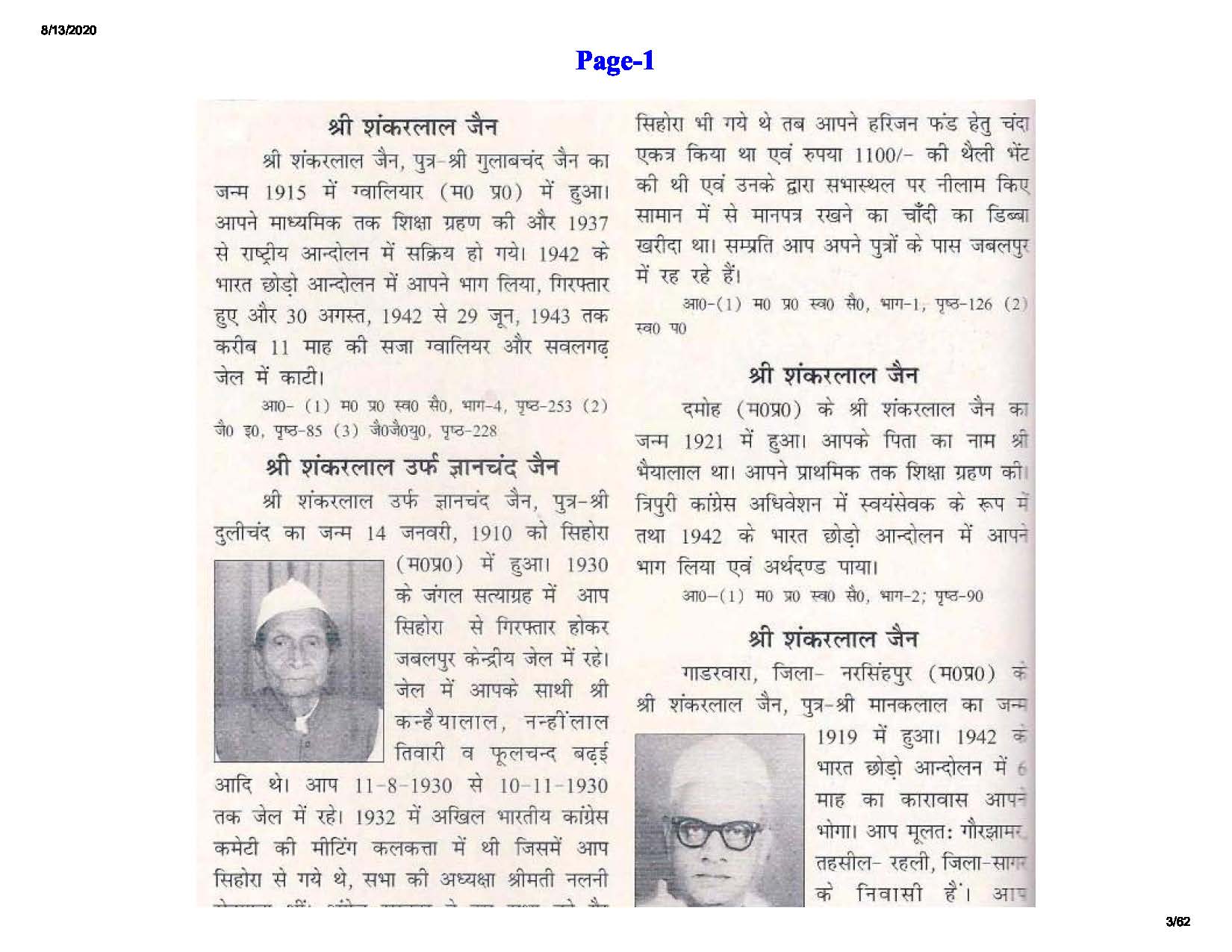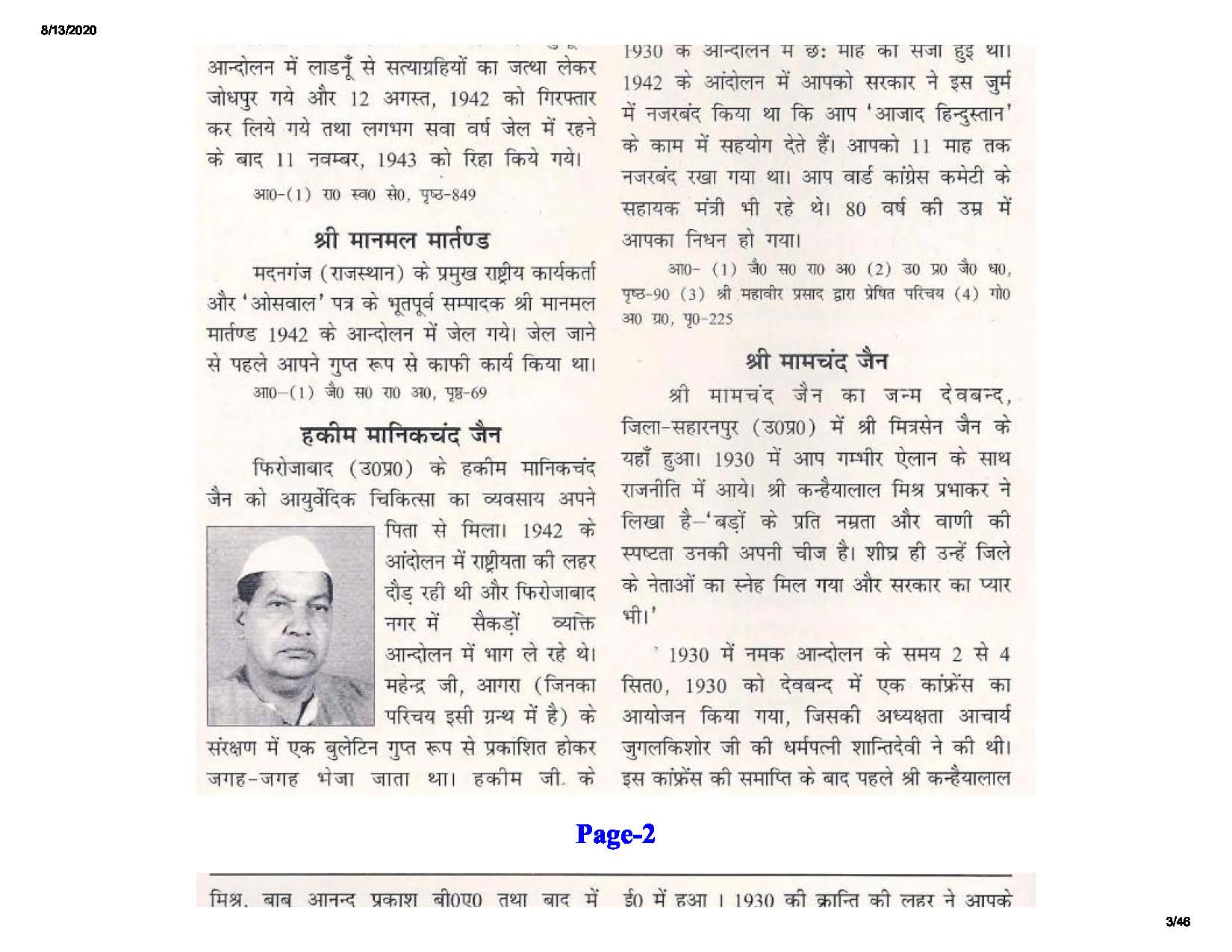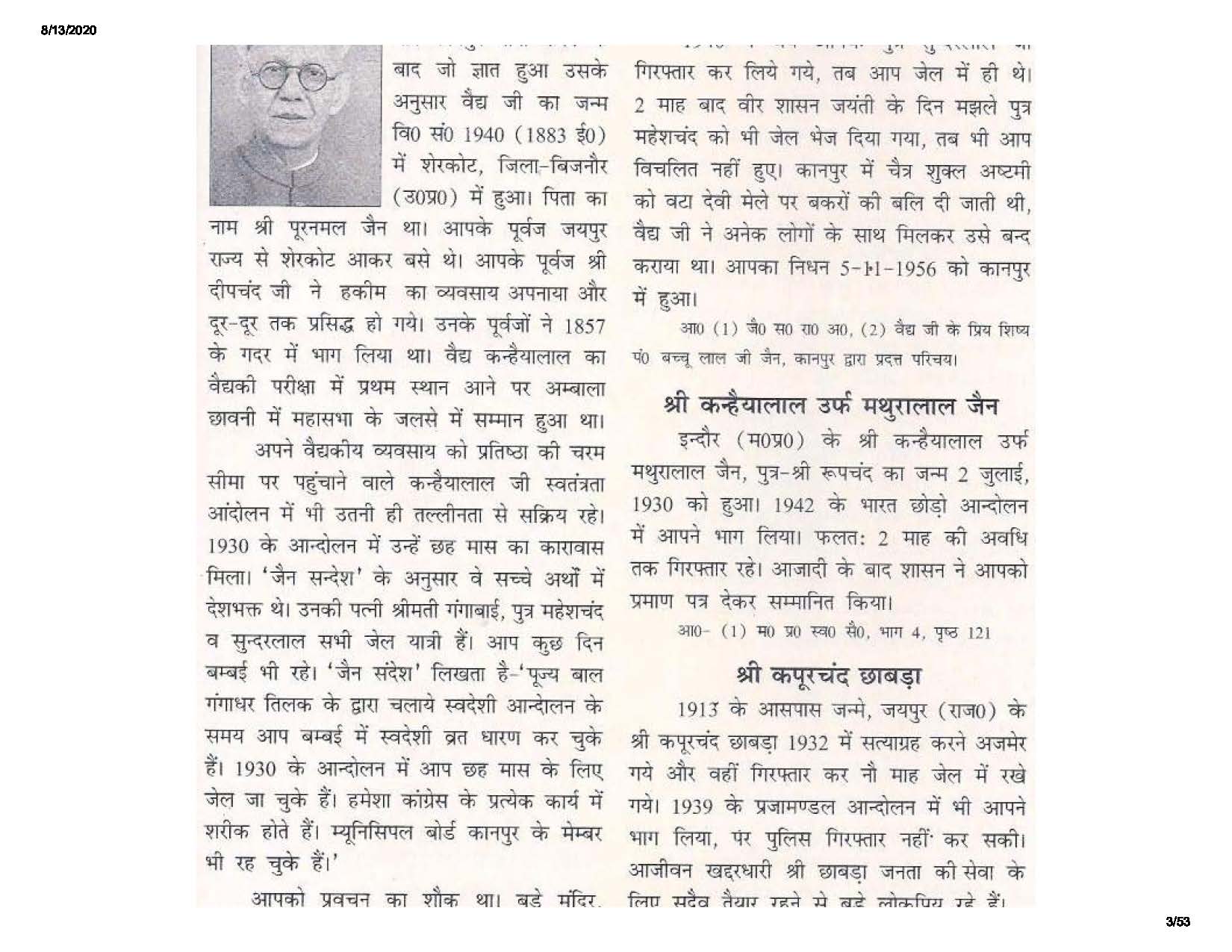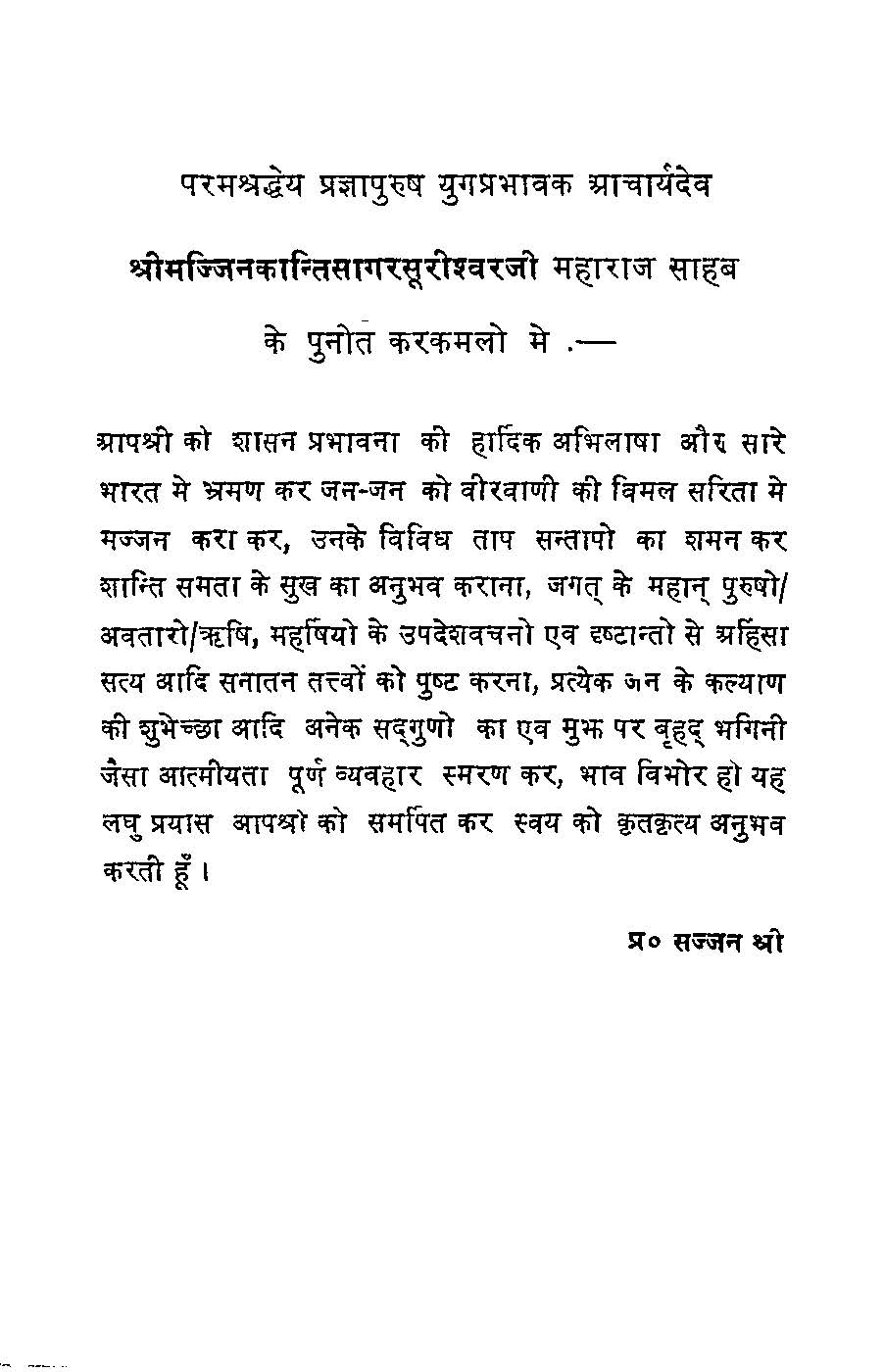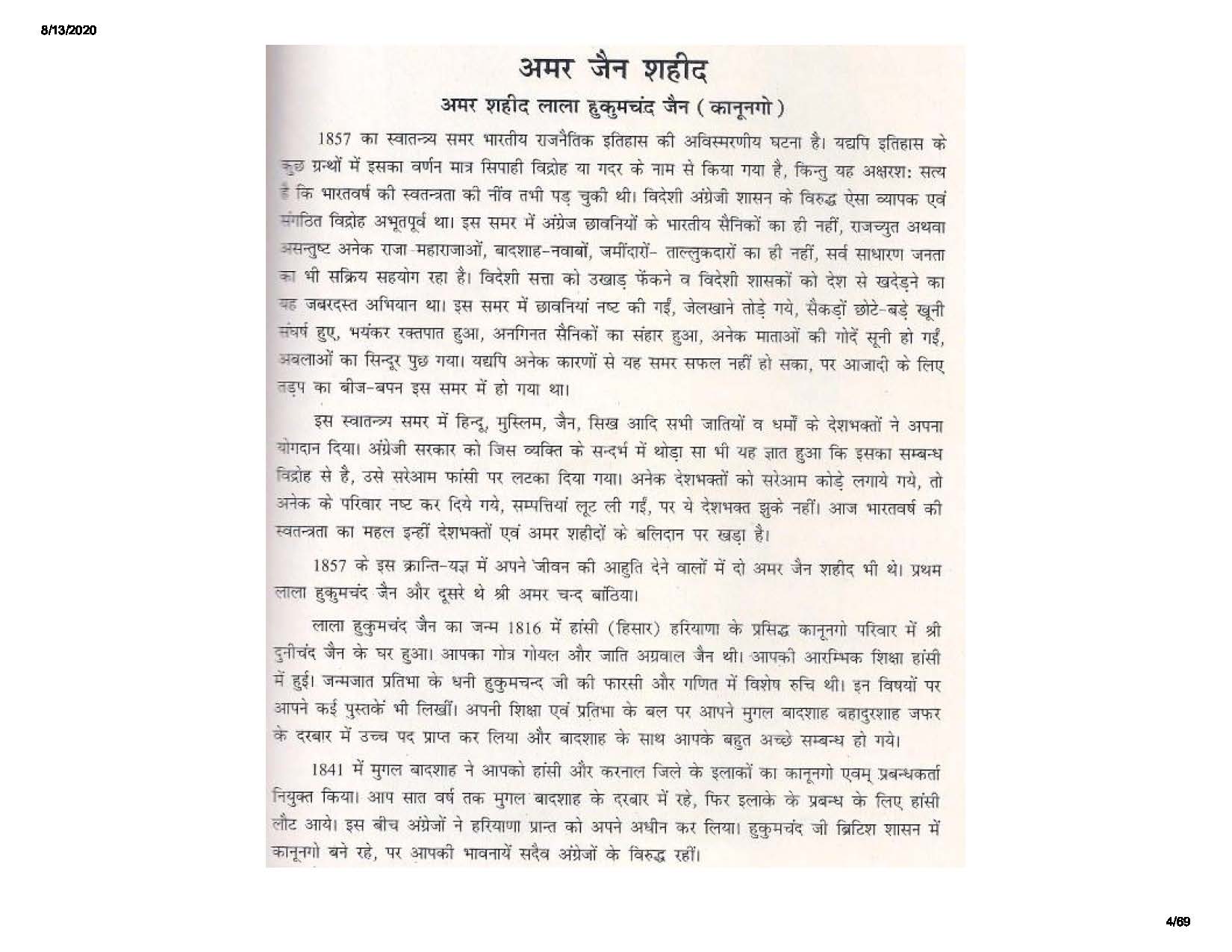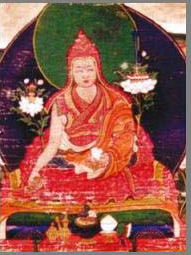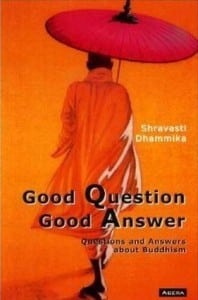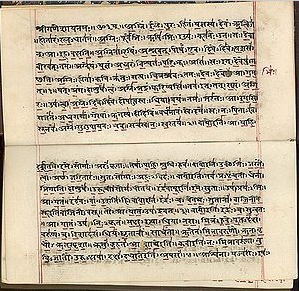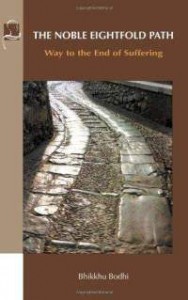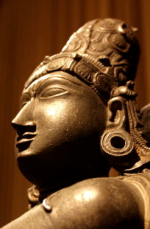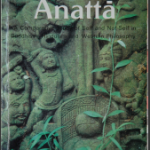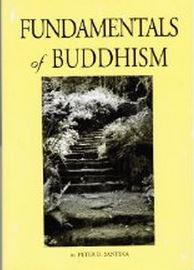A Collection Of Studies On The Tibetan Bon Tradition
(0 Reviews)
A Collection Of Studies On The Tibetan Bon Tradition. The ‘Bon’ religious tradition of Tibet is often misunderstood as just another branch or sect of Buddhism. The historical predominance of Buddhism in all aspects of Tibetan political and social culture since the seventh century is responsible for such misconceptions. ‘Bonpos’, the followers of Bon religion had to endure centuries of persecution and social and political marginalization at the hands of the Buddhist majority.
Hindus, Buddhists and Bonpos alike, the Bonpos have their holy Bonri Mountain in the south of Tibet. The doctrine of Bon has many similarities with that of Tibetan Buddhism, believing as they do in the concept of ‘samsara’, as a world of suffering, the law of ‘las dras’ or the law of moral causality (karma) and the corresponding concepts of rebirth in the six states of existence; and the ideal of enlightenment and liberation from samsaric rebirth. From the book:
“According to its own Bon historical perspective, Bon was introduced into Tibet many centuries before Buddhism and enjoyed royal patronage until it was finally supplanted by the ‘false religion’ (Buddhism) from India in the 8th century. It is claimed that Bon flourished in a land known as Zhangzhung until it was conquered and converted to Buddhism and assimilated into Tibetan culture. Although there is no agreement as to the exact location or extent and the ethnic and cultural identity of the Zhangzhung empire, its historical reality is no longer in doubt. Many believe that the Zhangzhung empire flourished in the present day Ngari region of Tibet centered round Mt Kailash in the west, concurrent with the empire of ‘Purgyal’ in central Tibet and the empire of ‘Sumpa’ in the east.”
Language title : A Collection Of Studies On The Tibetan Bon Tradition
Author : Unknown
Category : Books
Sub Category : Sahitya - Literature
Advertisement






